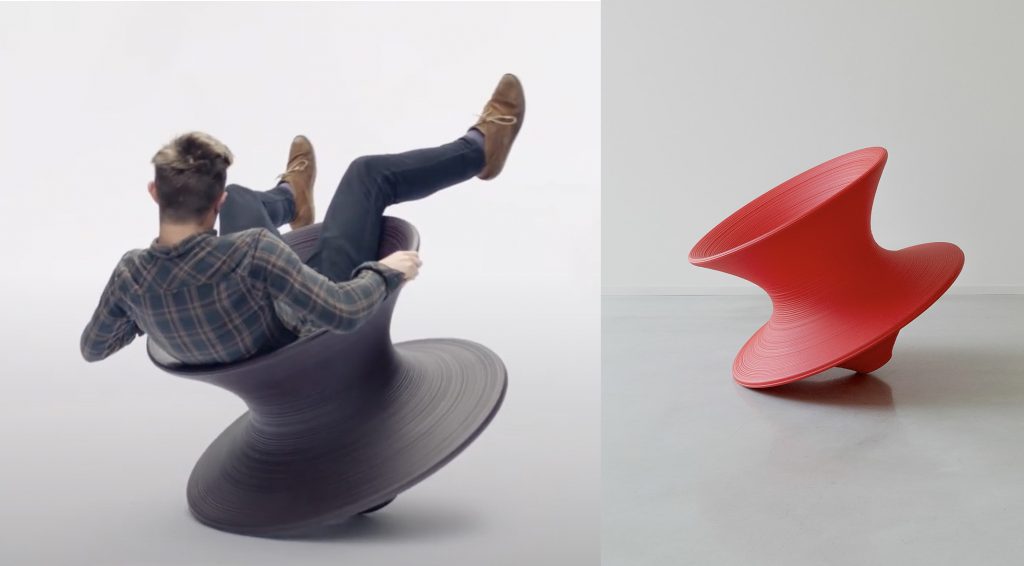…”A very thorough market research campaign on people’s taste in chairs has established that they must answer the following requirements: they must be comfortable, luxurious, rustic, fanciful, strictly technical and functional, broad, narrow, high, low, hard, soft, flexible, elegant, rigid, compact, large and impressive, cheap, good value, obviously expensive and socially impressive, made of one single material, made of a variety of materials; while the favoured materials are rare and rough, as well as refined and crude…” Bruno Munari

We all know what a chair is, don’t we? Yet taking something we consider obvious and breaking it down to all its different ingredients is a good way to challenge what we know and are familiar with and look at it with a fresh eye.
Let’s start by quickly drawing a chair.
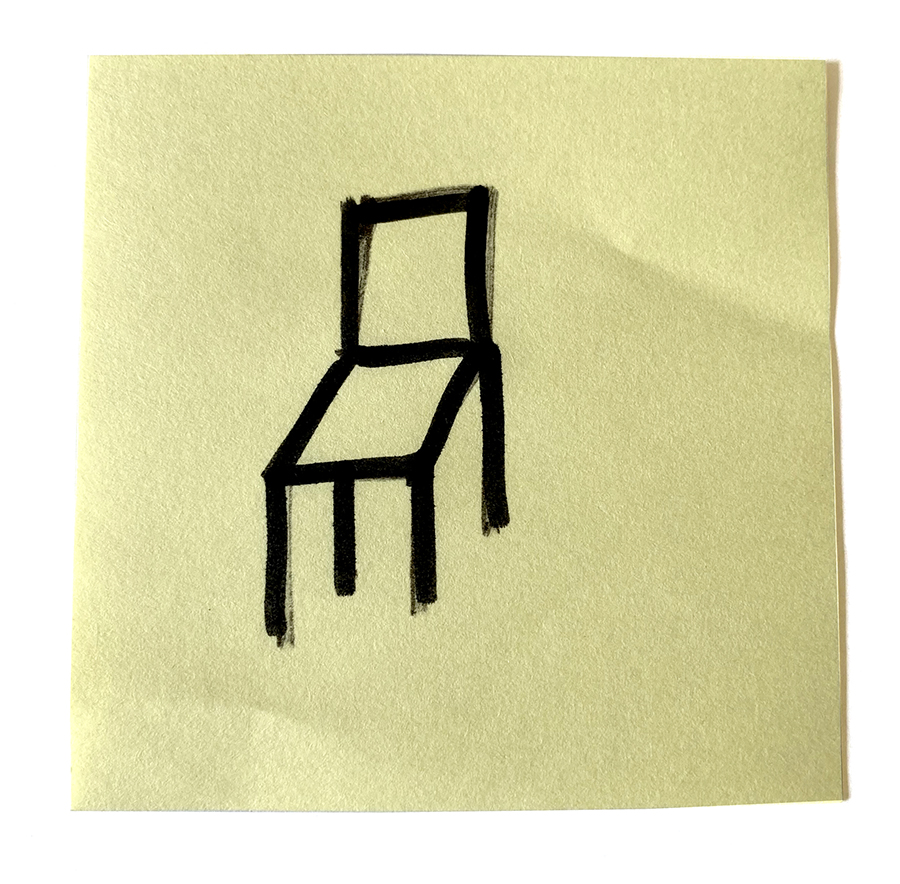
What makes it a chair? Can you define some rules?
–A thing you sit on.
Like this?

–Ok, no. It needs to be purpose made to be sat on, not just anything you happen to sit on.
So rule 1 – purpose made to sit on.
What about this, is this a chair?
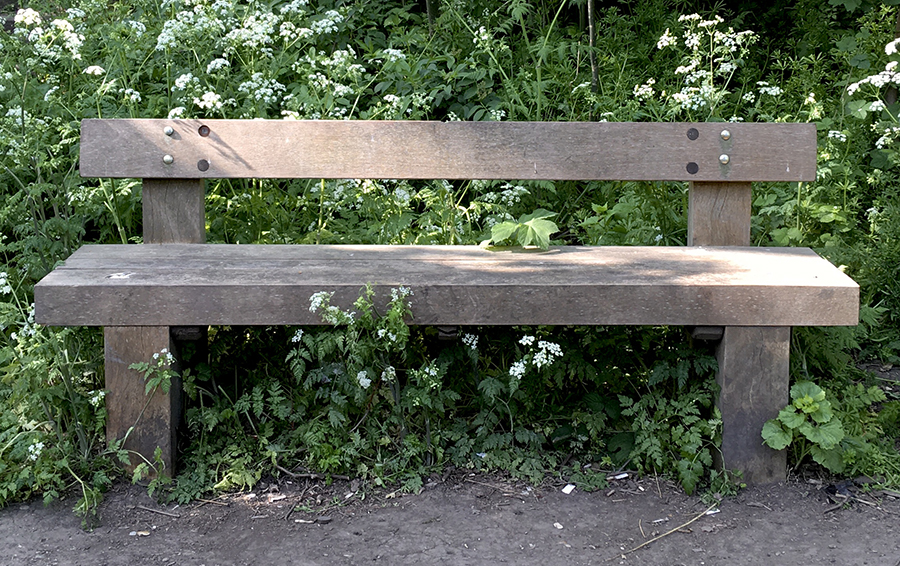
–As it’s designed for more than one person to sit on, I’d say no.
In that case, a chair is a seat for one person?
–Yes.
So that’s rule 2 – designed to accommodate one person.
Something like this?

–Well, kind of, But isn’t this a stool?
What makes it a stool and not a chair?
–It hasn’t got a backrest.
So chairs must have backrests, and stool don’t?
–Yes.
There’s rule 3 – has a backrest.
Anything else it must have to be a chair?
–It needs legs to stand on.
Does it? What about this?
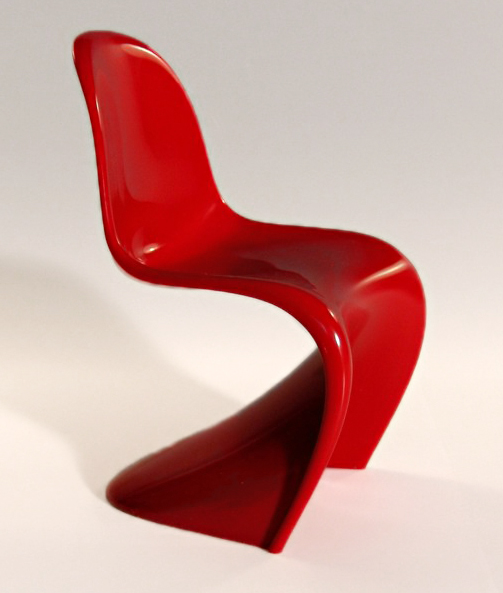
–Well…
Or this?
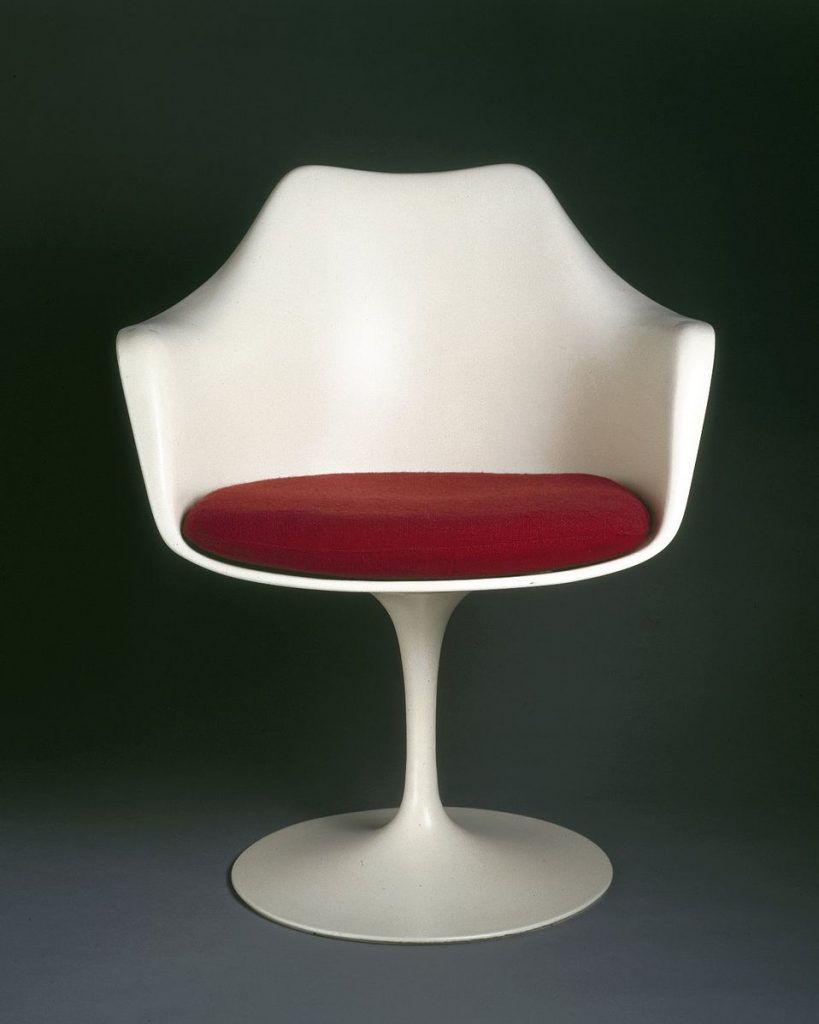
–I guess as long as it’s stable and can carry your weight, it’s a chair.
Alright, so this can be rule 4.
We’ve come up with four rules for a chair: it has a seat, is stable, has a backrest (unless it’s a stool), and can carry the weight of one person.
Now what will happen if you try and break some chair rules?
